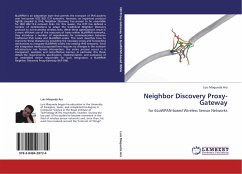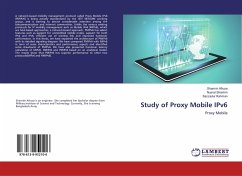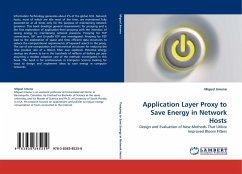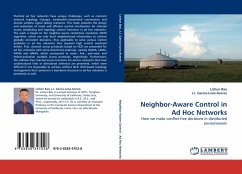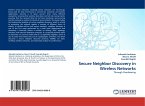6LoWPAN is an adaptation layer that permits the transport of IPv6 packets over low-power IEEE 802.15.4 networks. However, an important protocol tightly coupled to IPv6, Neighbor Discovery, has proven to be unsuitable for IEEE 802.15.4 network links. For this reason, the IETF has defined a number of optimizations to adapt the traditional Neighbor Discovery protocol to non-transitive wireless links. While these optimizations result in a more efficient use of the resources of hosts within 6LoWPAN networks, they introduce a number of impediments for communication between traditional IPv6 nodes and 6LoWPAN nodes. This work describes how to overcome these obstacles by providing the necessary proxy and forwarding mechanisms to integrate 6LoWPAN nodes into existing IPv6 networks. Since the integration method proposed here requires no changes in the network infrastructure nor human intervention, the entire process occurs in a transparent, seamless, and cost-effective manner. In particular, this thesis details the requirements, specification, implementation, and evaluation of an embedded device responsible for such integration: a 6LoWPAN Neighbor Discovery Proxy-Gateway (6LP-GW).
Bitte wählen Sie Ihr Anliegen aus.
Rechnungen
Retourenschein anfordern
Bestellstatus
Storno

